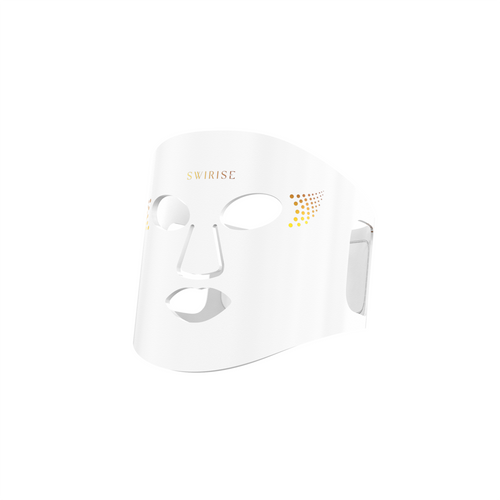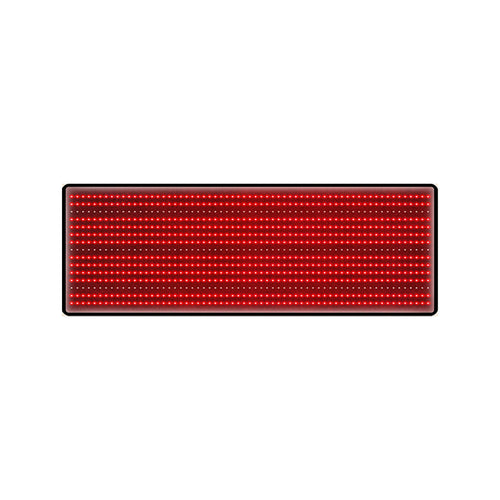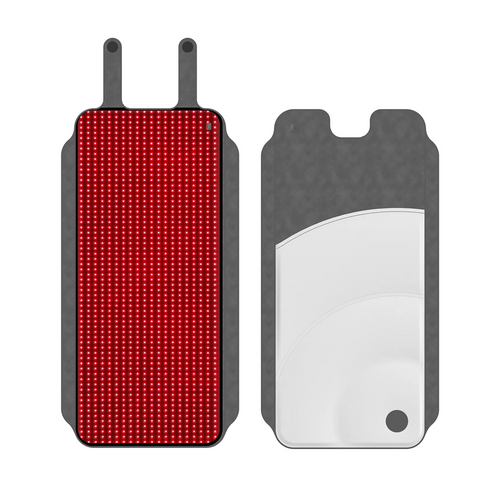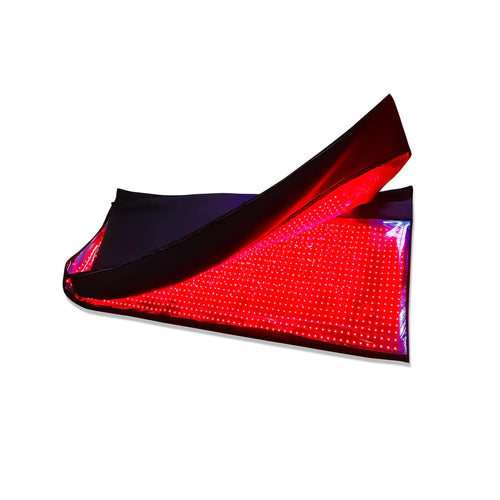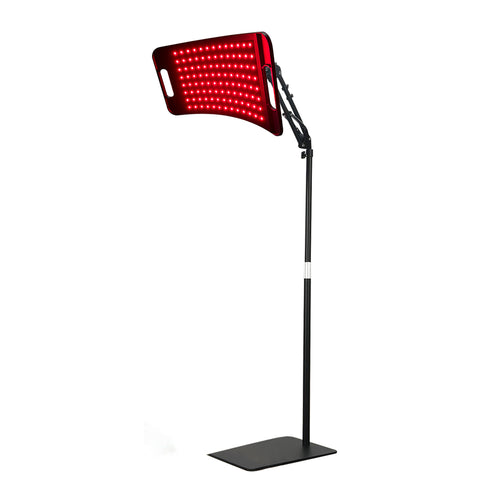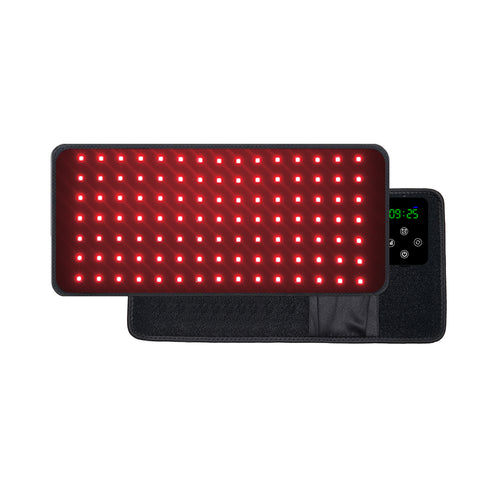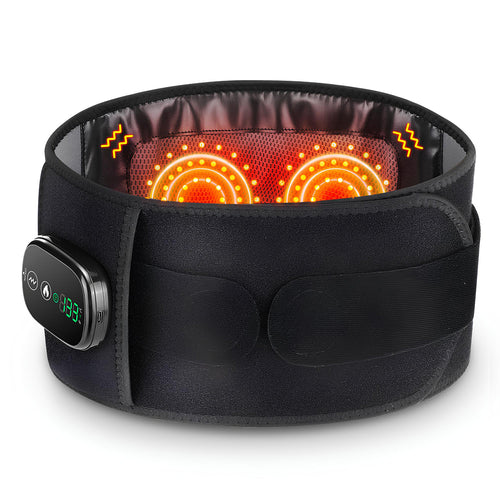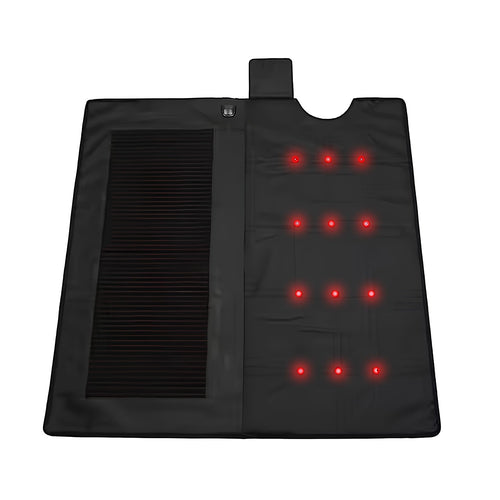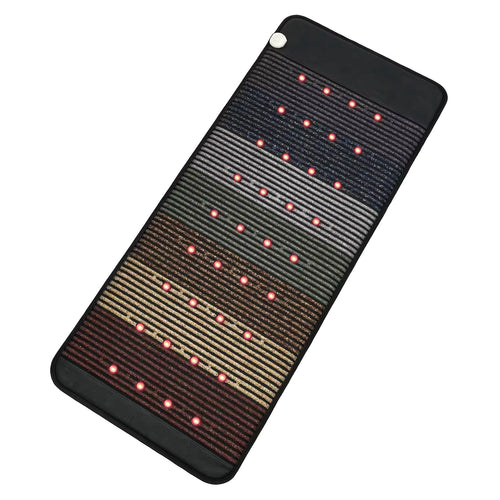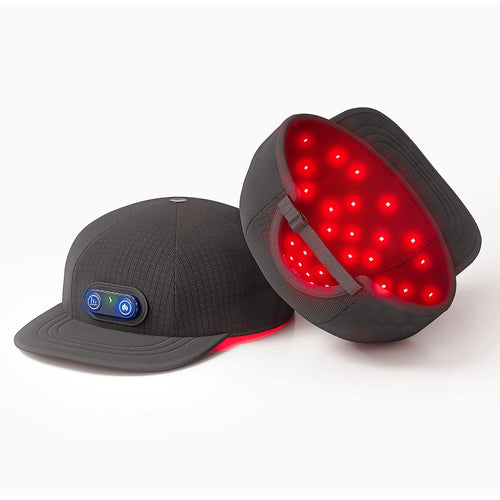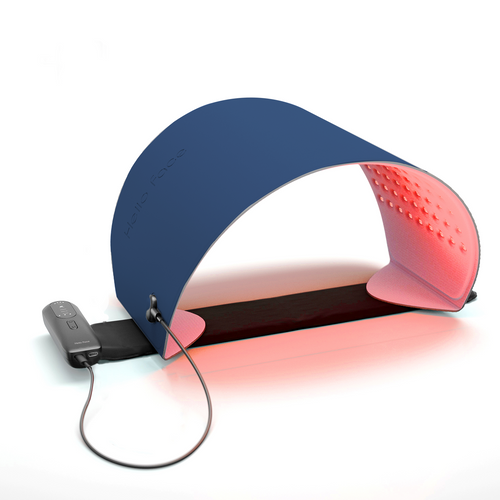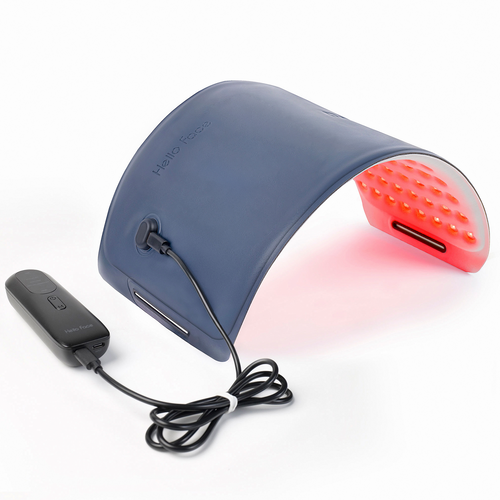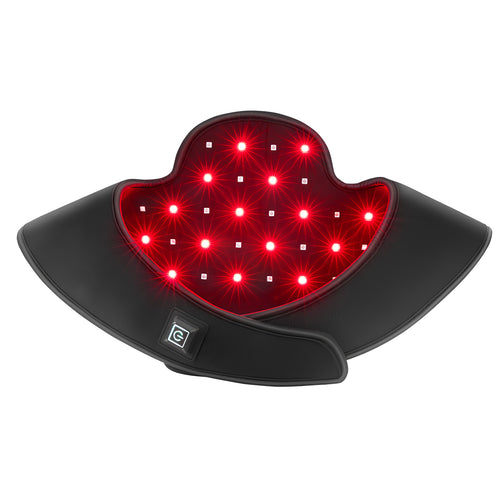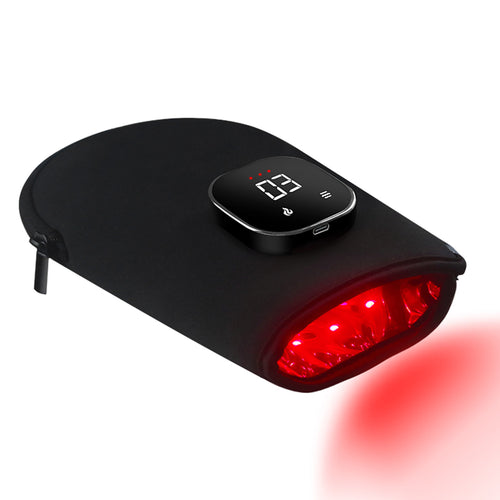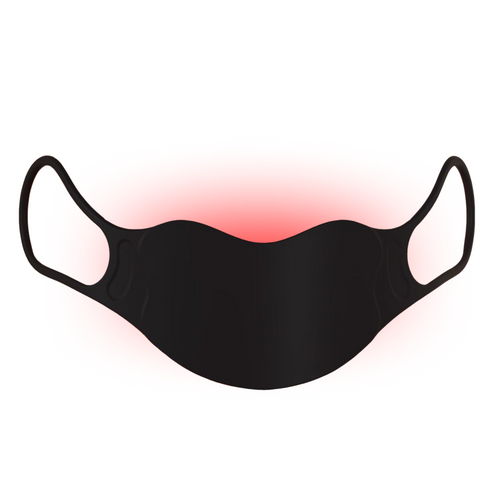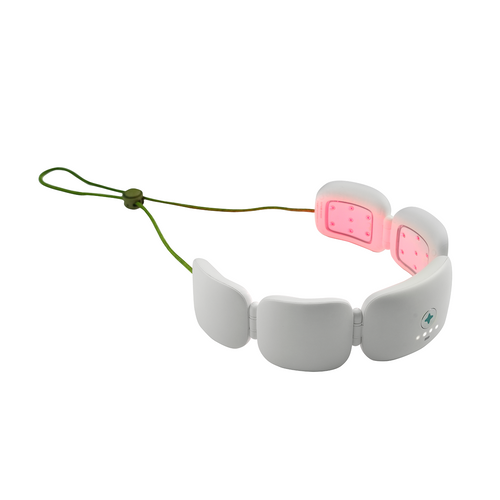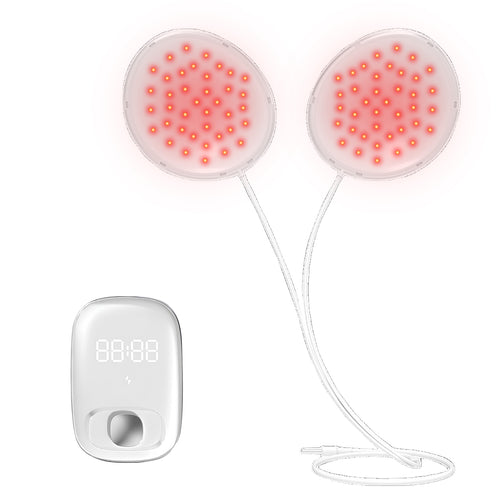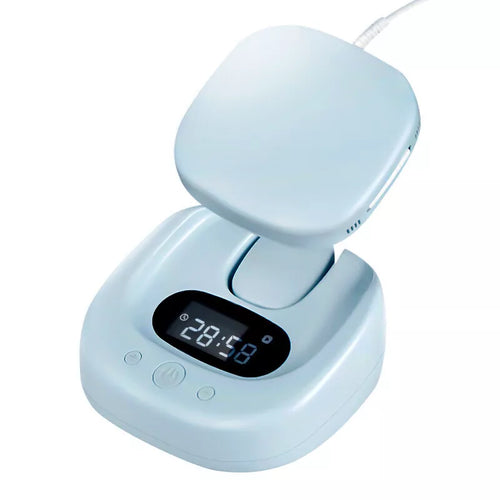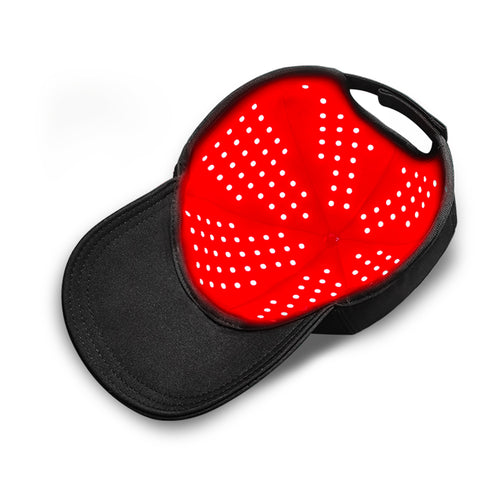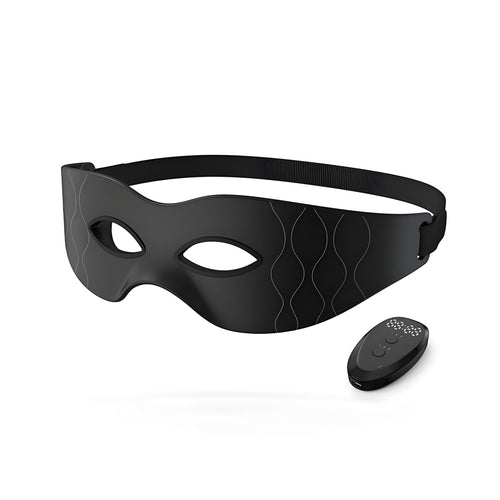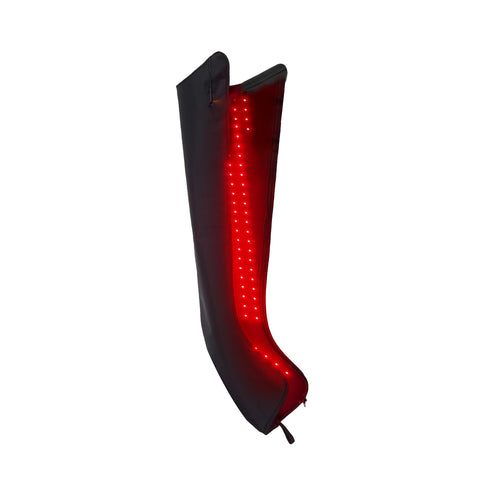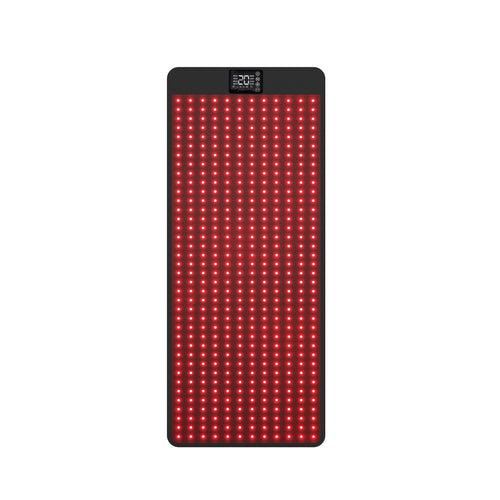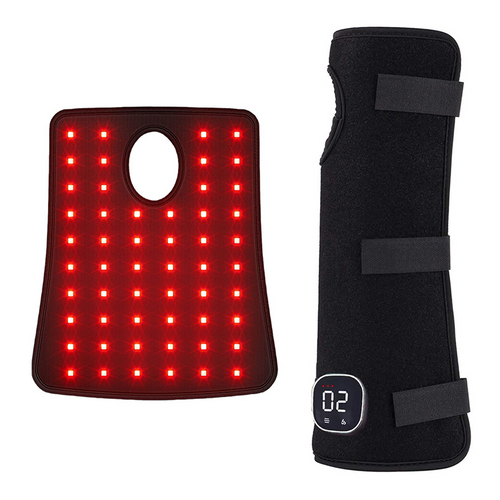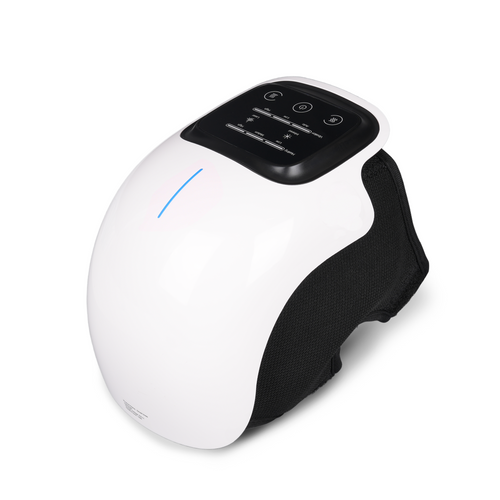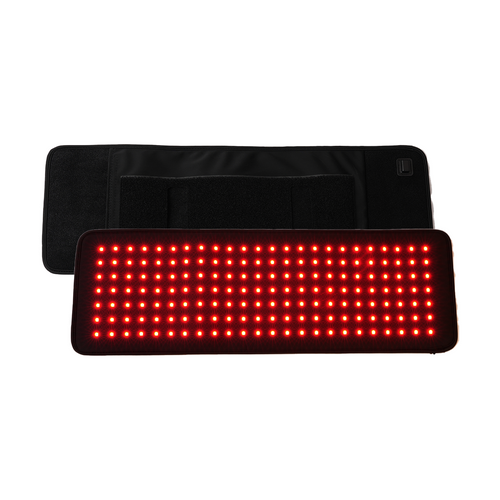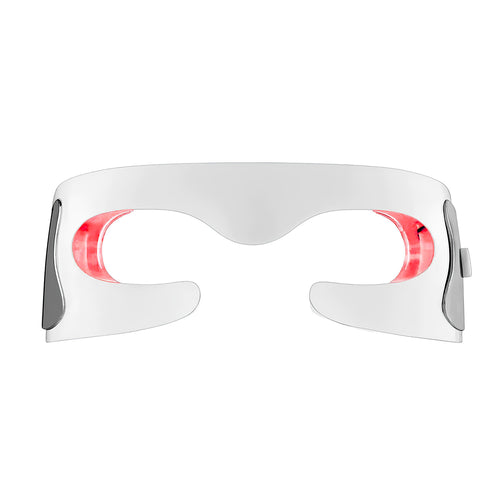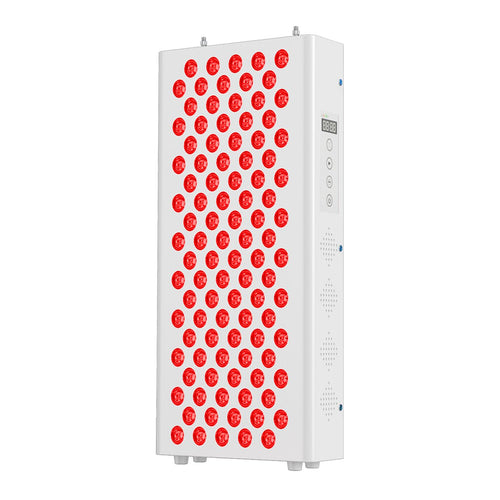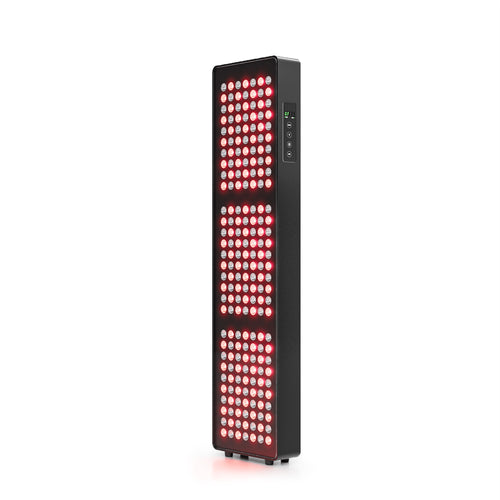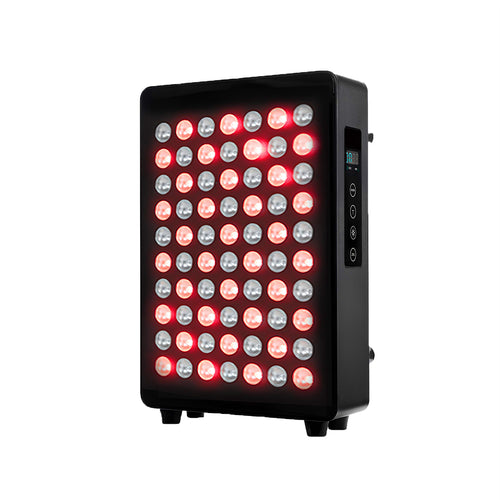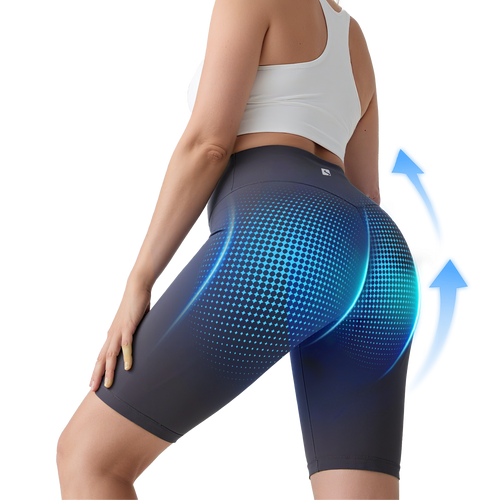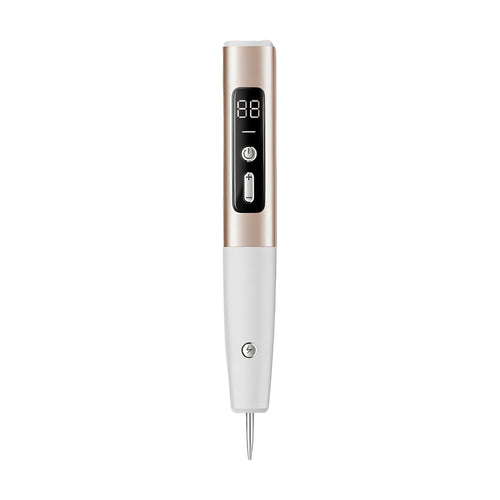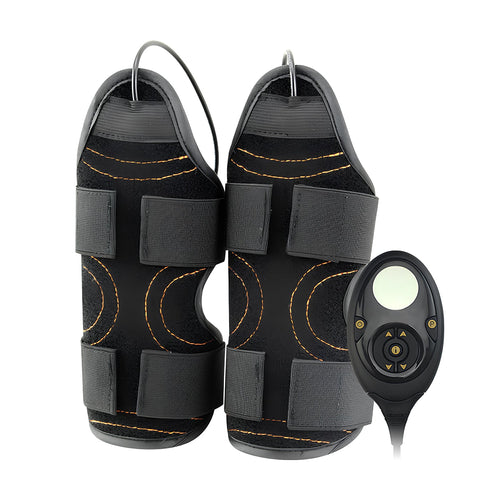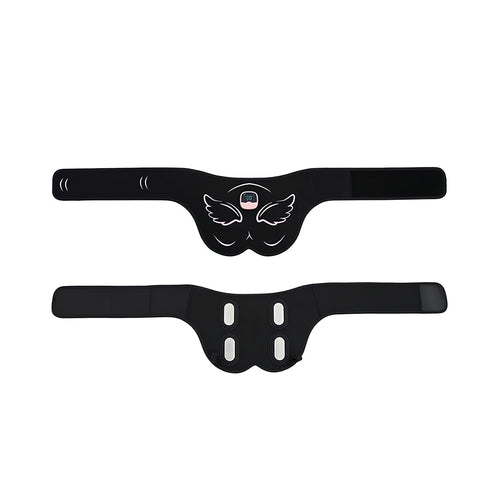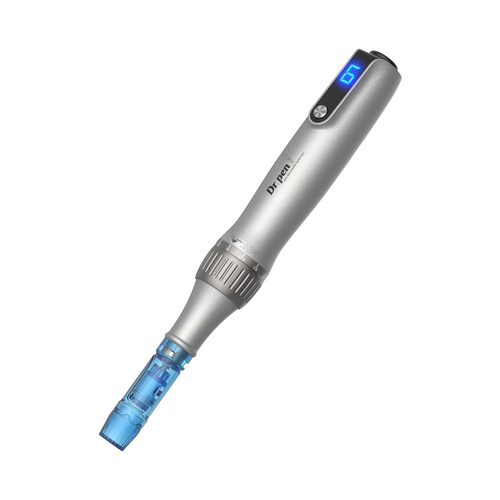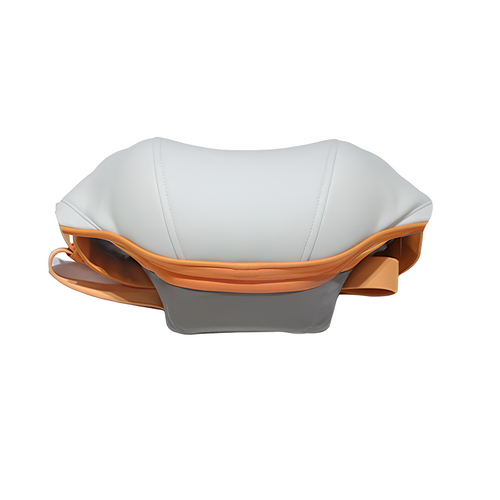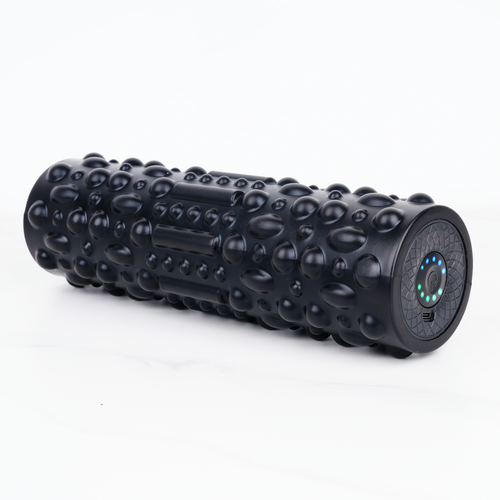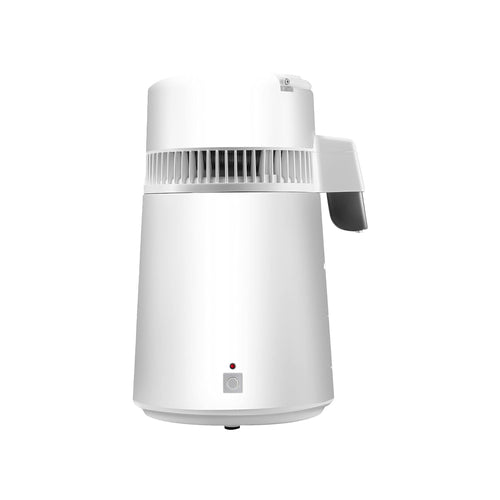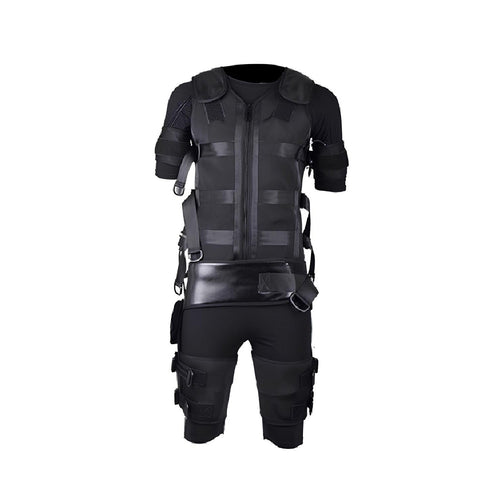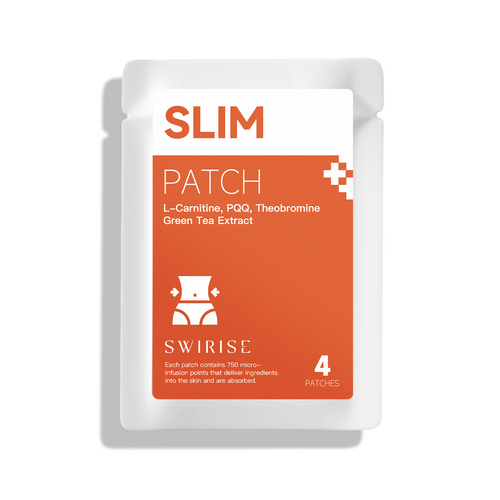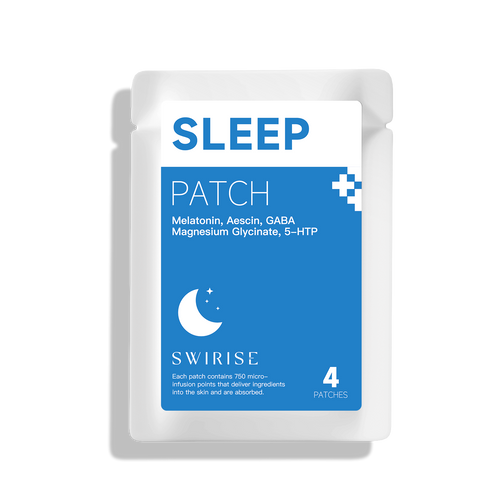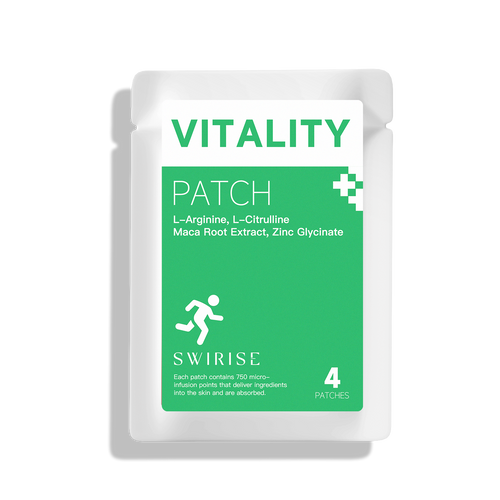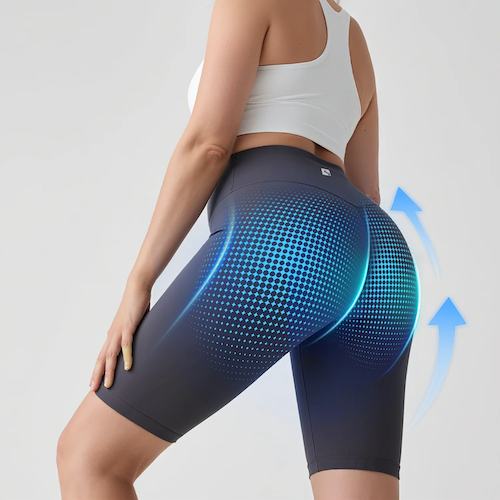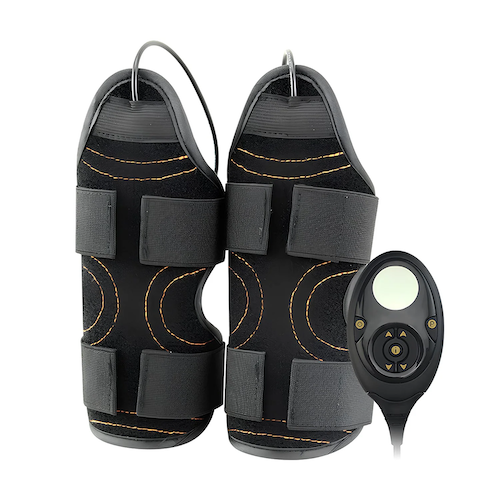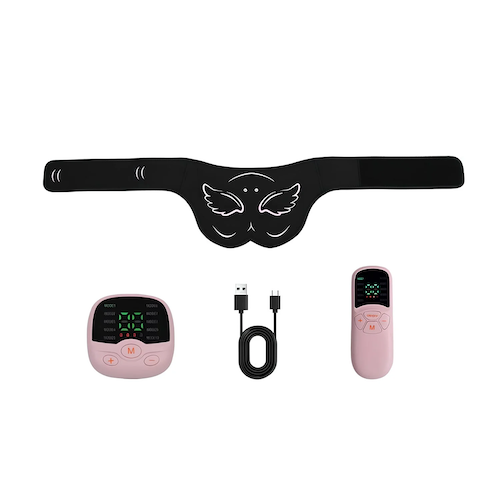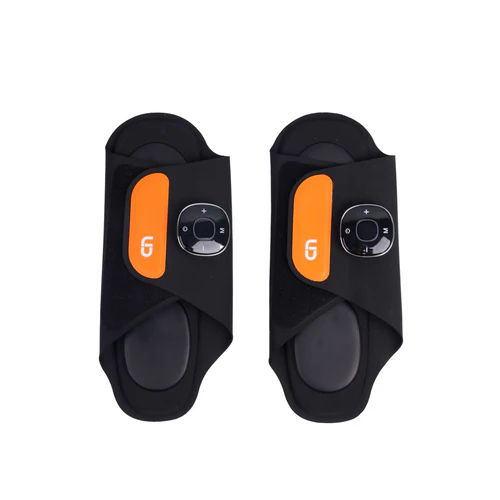
EMS vs Emsculpt: What’s the Difference and Which Should You Choose?
JustinLinIn recent years, non-invasive technologies have changed the way people approach fitness, recovery, and body shaping. Among the most talked-about methods are EMS (Electrical Muscle Stimulation) and Emsculpt. At first glance, the two sound similar — both involve using energy to contract muscles — but in reality, they serve different purposes and fit different lifestyles.
If you’re wondering which one is right for you, this guide will walk you through what EMS and Emsculpt really are, how they compare, and how to make the best choice for your goals.
What is EMS?
Electrical Muscle Stimulation (EMS) works by sending mild electrical pulses to your muscles, causing them to contract. These contractions mimic the natural signals your brain would send during exercise, but at a smaller scale.EMS has been around for decades, used by athletes, physiotherapists, and even everyday fitness enthusiasts. Today, portable EMS devices make it possible to enjoy the benefits at home.
Main benefits of EMS include:
- Supporting muscle recovery after workouts
- Improving blood circulation
- Reducing soreness and fatigue
- Helping with light toning and activation of hard-to-reach muscles
EMS is best thought of as a supportive tool. It won’t replace a workout, but it makes your workouts and recovery more effective.
What is Emsculpt?
msculpt, on the other hand, is a high-end, clinic-based treatment. Instead of small electrical pulses, it uses High-Intensity Focused Electromagnetic (HIFEM) energy to trigger what are known as “supramaximal contractions.” These are contractions much stronger than what you can achieve voluntarily in the gym.
Because of this, Emsculpt can build muscle and burn fat at the same time. For example, one 30-minute Emsculpt session can be equivalent to doing thousands of crunches or squats — without actually lifting a finger.
Common benefits of Emsculpt include:
- Increasing muscle mass and definition
- Sculpting targeted areas (abs, glutes, thighs, arms)
- Reducing small pockets of fat
- Providing noticeable results within a few weeks
Emsculpt is typically chosen by people who want visible results quickly, and who are open to investing in clinical treatments.
EMS vs. Emsculpt: The Key Differences
Although EMS and Emsculpt sound similar, they differ in several important ways:
1. Technology
- EMS uses low-level electrical pulses to stimulate muscles.
- Emsculpt uses high-intensity electromagnetic energy to trigger much deeper and stronger contractions.
2. Depth of Muscle Contraction
- EMS works mainly on surface and moderate-level muscles.
- Emsculpt induces “supramaximal contractions,” far beyond what you can achieve voluntarily.
3. Main Purpose
- EMS is designed for recovery, circulation, pain relief, and light toning.
- Emsculpt focuses on muscle building and fat reduction in targeted areas.
4. Where It’s Used
- EMS devices can be used at home, in gyms, or in rehab settings.
- Emsculpt is only available in professional clinics or medical spas.
5. Cost
- EMS is affordable: most devices range between $50 and $500.
- Emsculpt is premium: one session often costs $500–$1000, and multiple sessions are recommended.
6. Convenience
- EMS is portable, easy to use daily, and fits into your routine.
- Emsculpt requires scheduled appointments and professional supervision.
7. Results
- EMS offers subtle, supportive benefits when used consistently.
- Emsculpt provides faster, more visible transformation in a shorter time.
Which One Should You Choose?
The best choice depends entirely on your goals, budget, and lifestyle.
Choose EMS if:
- You want something you can use every day at home.
- Your focus is on recovery, circulation, or light toning.
- You’re looking for an affordable, portable solution.
Choose Emsculpt if:
- You want fast, visible changes in muscle tone.
- You’re willing to spend more for a premium, clinic-only treatment.
- You prefer a guided process in a professional setting.
Many people actually combine both: using Emsculpt for initial, noticeable results and EMS for daily maintenance and recovery.
Cost & Accessibility
Here’s the honest breakdown:
- EMS is more budget-friendly. A one-time device purchase gives you unlimited sessions, and you can use it anytime, anywhere.
- Emsculpt is effective but expensive. A full treatment plan can cost thousands of dollars, and you’ll need to schedule appointments in a clinic.
For most people, EMS is the more accessible starting point — especially if you want to explore the benefits without a big upfront investment.
Safety Considerations
Both EMS and Emsculpt are considered safe, but they’re not for everyone.
- EMS: Avoid if you have a pacemaker, are pregnant, or have certain medical conditions. Always follow device instructions.
- Emsculpt: Generally safe when done in clinics. The most common side effect is temporary soreness, similar to what you’d feel after a workout.
Conclusion
EMS and Emsculpt may sound alike, but they serve different needs.
- EMS is about support, recovery, and daily convenience. It fits easily into everyday life and offers a budget-friendly way to care for your muscles.
- Emsculpt is about high-powered transformation. It’s best for those who want fast, visible changes and are willing to invest in clinic treatments.
At the end of the day, it’s not about which one is “better” — it’s about which one fits your lifestyle. If you’re curious to start exploring EMS at home, the good news is that there are portable, proven devices available that let you experience the benefits right away.
Product Picks
1. Swirise TENS and EMS Massager
Price: $99
Overview: Portable dual-zone massager combining TENS for pain relief and EMS for muscle stimulation. Compact, easy to store, and ideal for home, office, or travel.
Key Benefits:
- Relieves muscle and joint stiffness
- Reduces pain and discomfort
- Boosts circulation and relaxes nerves
- Dual-zone design with 6 modes & 8 intensity levels
Who It’s For:
- People looking for affordable, portable pain relief
- Users who want mild muscle toning and faster recovery
2. Swirise EMS Toning Shorts
Price: $299
Overview: FDA-cleared wearable EMS shorts targeting glutes, thighs, and pelvic floor. Each session equals thousands of squats, lunges, and Kegels.
Key Benefits:
- Glute lift and firming
- Thigh sculpting and toning
- Pelvic floor strengthening
- Clinically validated EMS technology
Who It’s For:
- Users seeking full lower-body shaping at home
- People with limited time for traditional workouts
- Those needing pelvic floor support
3. Swirise EMS Arm Shaper Machine
Price: $129
Overview: EMS device targeting arms and legs for enhanced muscle tone, deeper contractions, and improved definition.
Key Benefits:
- Contours arms and legs
- Increases muscle strength and endurance
- Reduces muscle soreness and fatigue
- Compact and portable
Who It’s For:
- People looking to tone upper limbs and legs
- Home users who want faster results
4. Swirise EMS Wearable Butt Lifting Device
Price: $99
Overview: Portable EMS device for lifting and firming glutes with multiple intensity levels and modes.
Key Benefits:
- Lifts and tones glutes
- Enhances muscle endurance
- Improves overall firmness
- Lightweight and wearable
Who It’s For:
- Users seeking convenient glute enhancement
- Busy individuals wanting quick, daily sessions without effort
5. Swirise EMS Foot Massage Shoes
Price: $169
Overview: EMS-powered shoes designed to stimulate feet, improve circulation, and relieve tired muscles.
Key Benefits:
- Relieves foot discomfort and soreness
- Enhances blood circulation
- Improves sleep quality and daily energy
- Soft, easy-to-clean, one-piece design
Who It’s For:
- People with long hours of standing or walking
- Those seeking daily relaxation and circulation support

